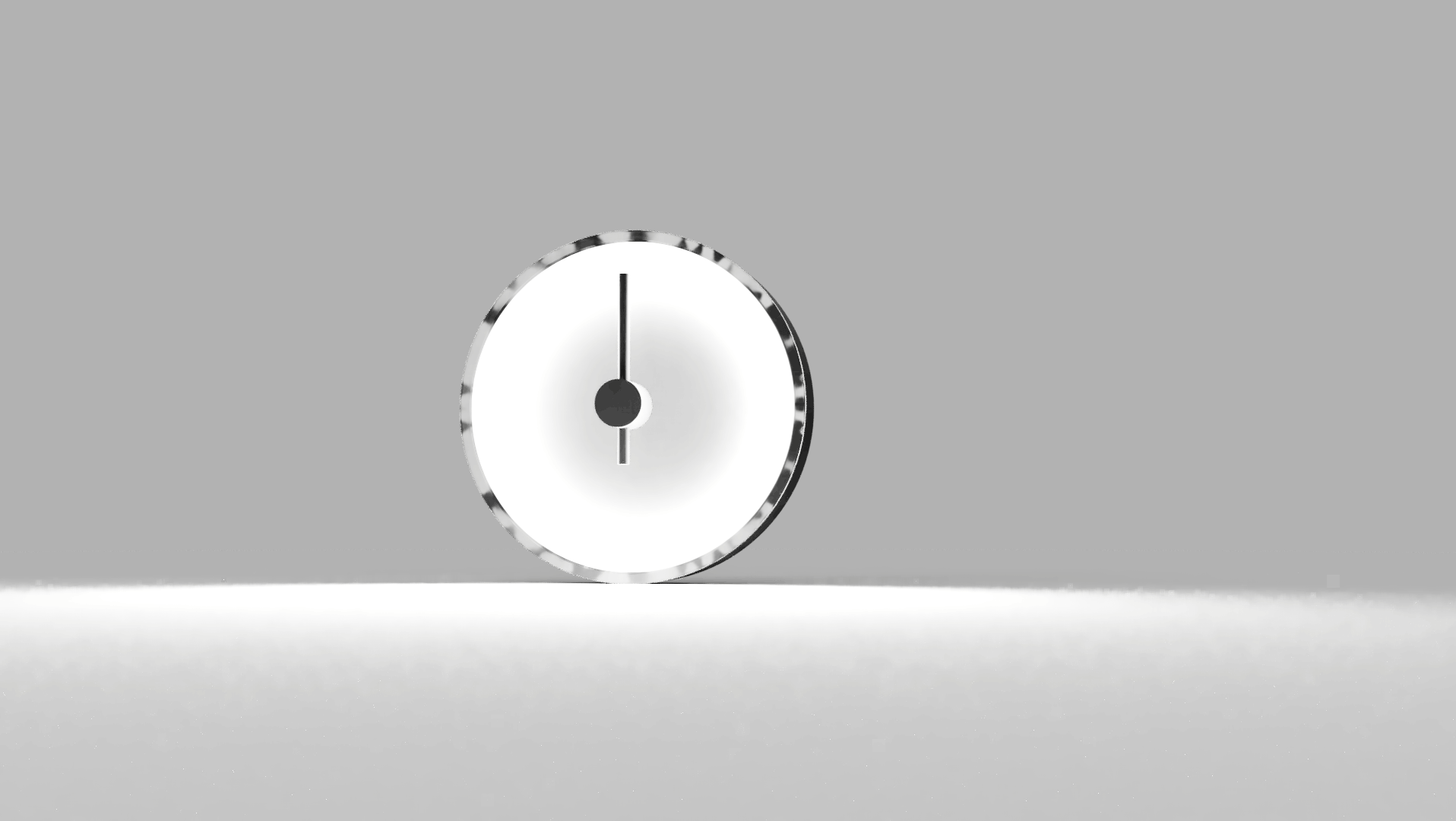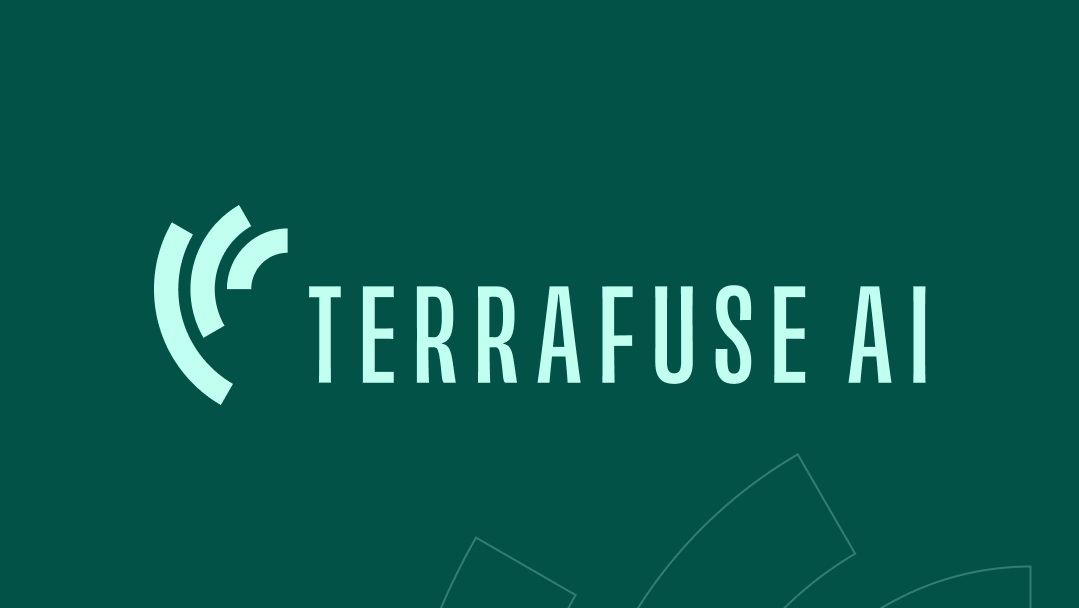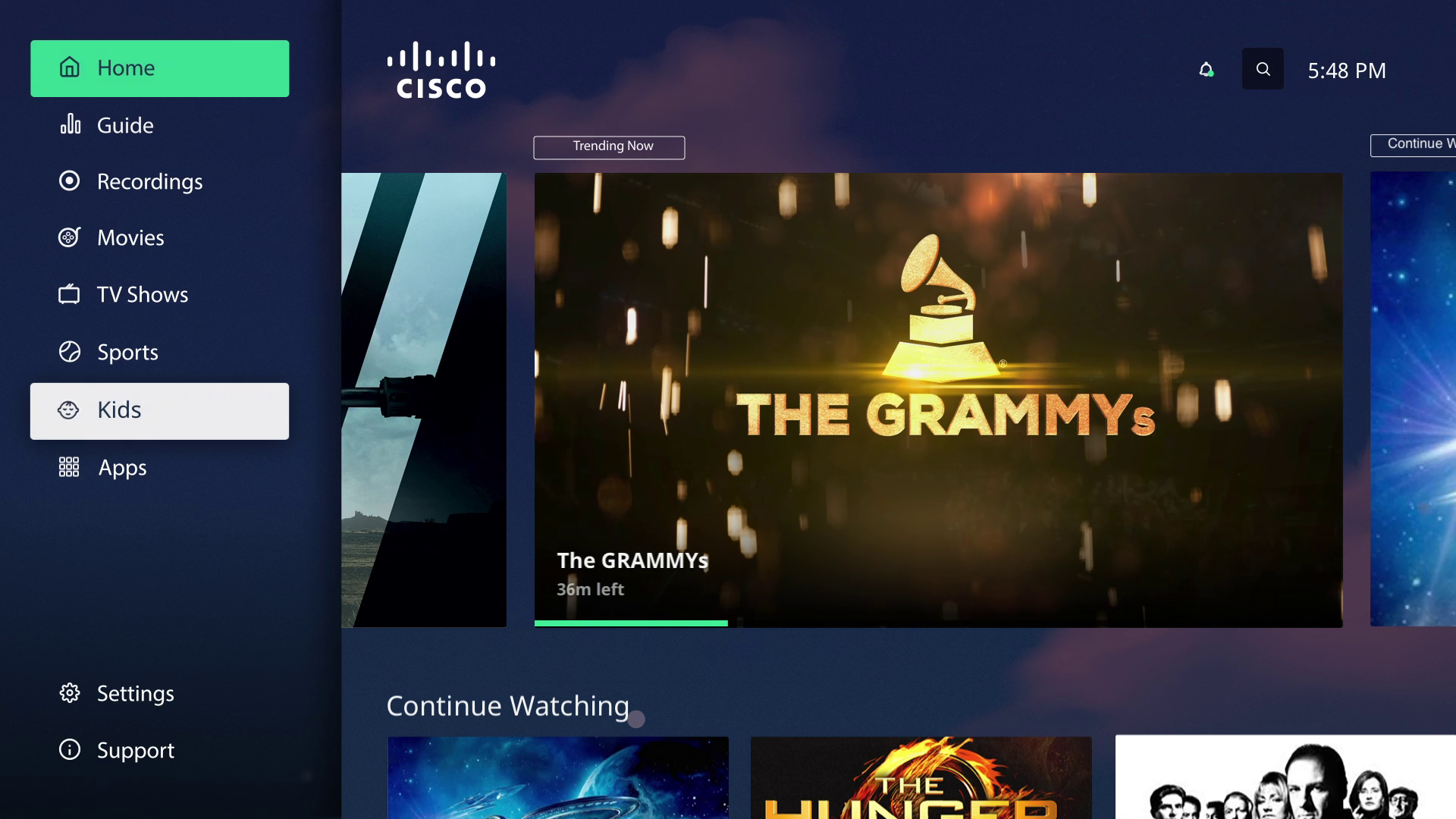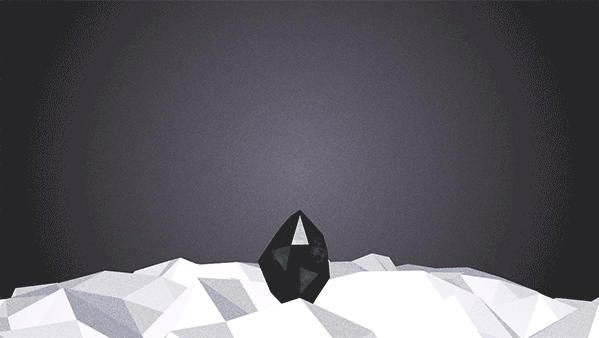LED, open cell foam, resin, digital, Arduino
approx. 6.5’ x 2’ x 1.5’
approx. 6.5’ x 2’ x 1.5’
Shard is an interactive installation that explores our connections to each other and the natural world. Proximity and audio sensors send data to over 200 LEDs, allowing Shard to respond to the energy of its environment with light displays.
Shard was designed for the 2017-18 Winter Lights Exhibition at Ontario Place.
Shard is a collaboration with Nupanap (Sergio Sanchez) and Nathaly Arraiz. I was responsible for the concept, art direction and design of the physical object, as well as the behaviours and logic. Sergio and Nathaly were responsible for the electronics and code. Our collaboration was very fluid, with each member jumping between roles.
Shard was fabricated by Cory Porterfield in Calgary, Alberta.
Concept
Responding to the festival's theme of resilience, the idea of strength in numbers emerged. In harsh winters, we huddle together to keep warm. That collective action creates network effects that exist both on the collective and individual level. Similarly, each facet of a crystal is unique, lending a different quality to the light that passes through it. However, it is only in the collective that true beauty can be appreciated, true resilience acquired.
I wanted to play with this idea of a blurred line between individual and collective. Many interactive art pieces feature one-to-one, direct manipulation with a linear causal chain. What would happen if we took multiple inputs and scrambled them in a way that made it hard to tell exactly who caused what? Can the impact of one entity truly ever be measured without the context of their environment?
I gathered references from the Royal Ontario Museum's collection of minerals, contemporary art, film and fashion. Superman's fortress of solitude was a particularly resonant visual.

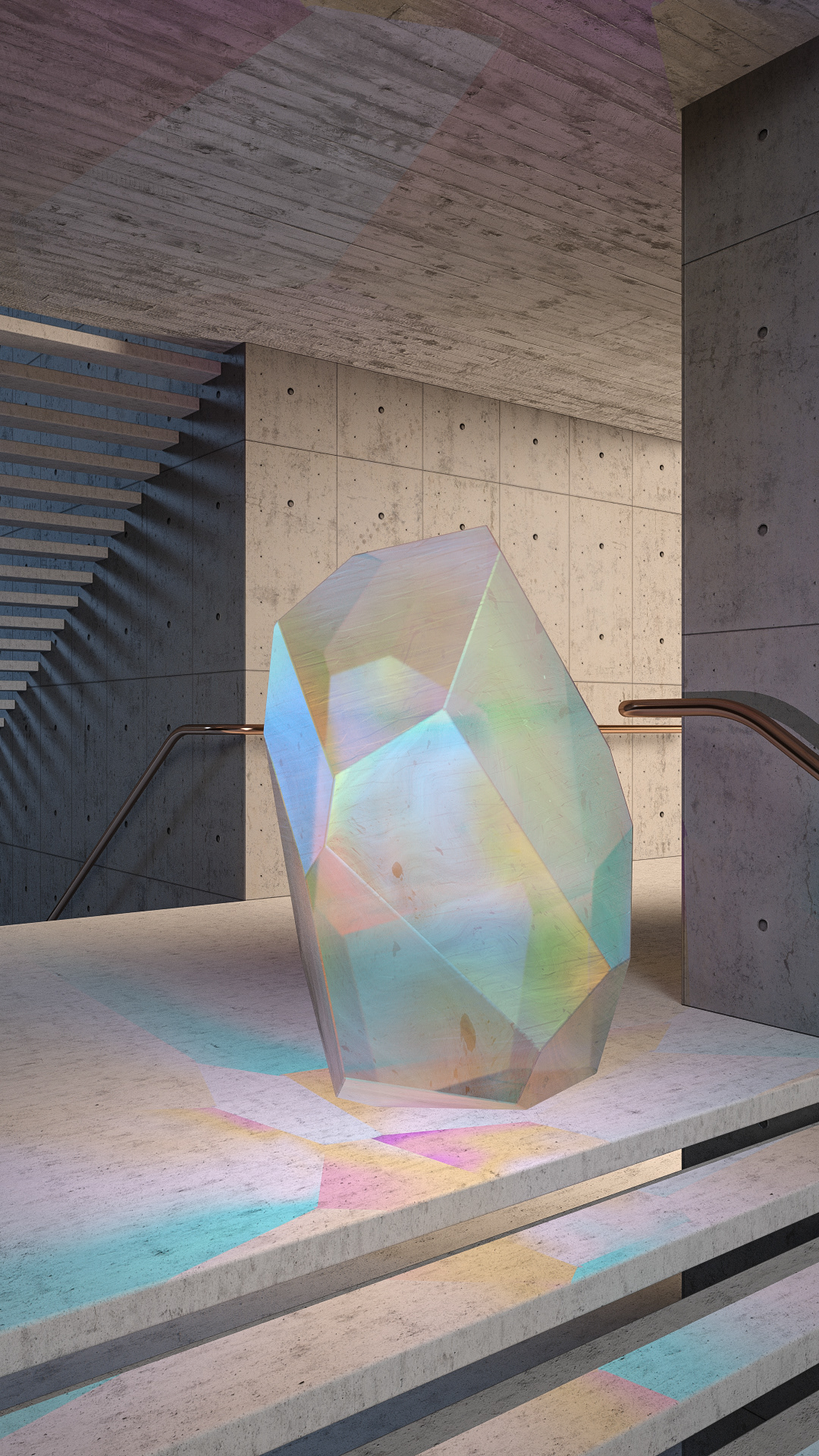
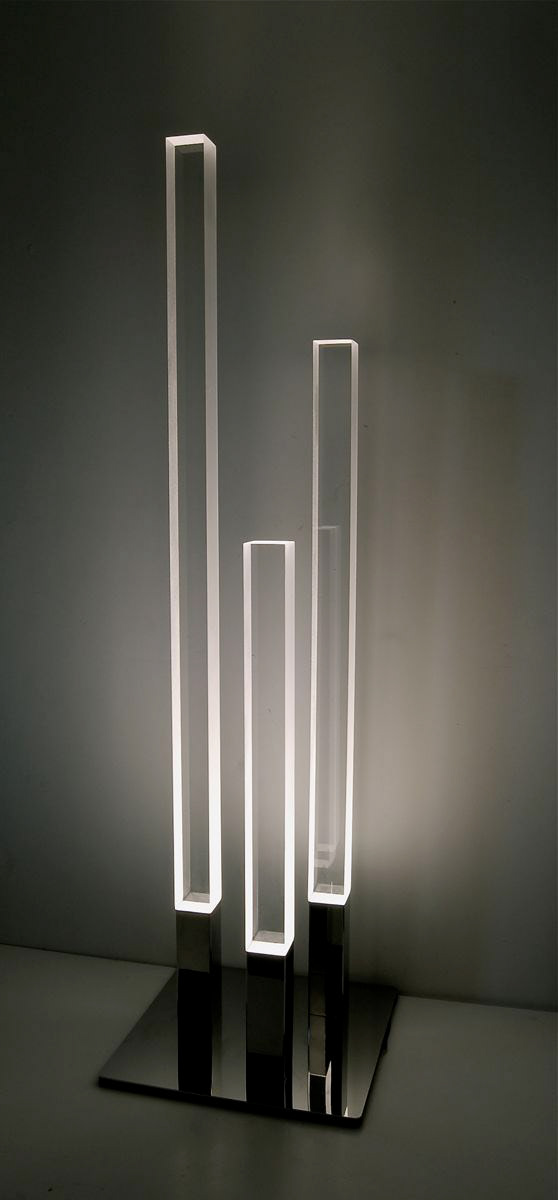

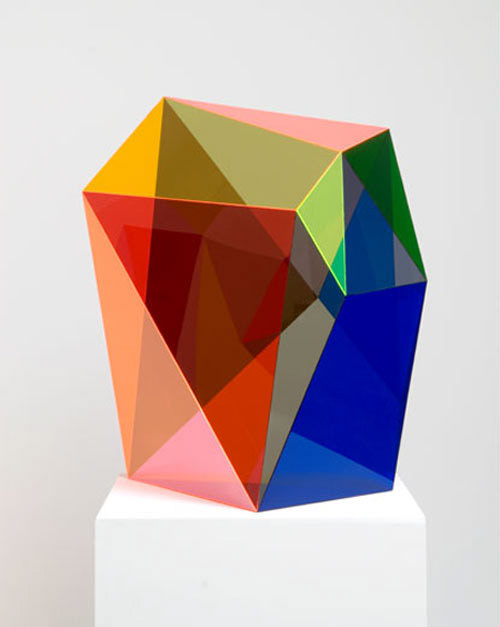
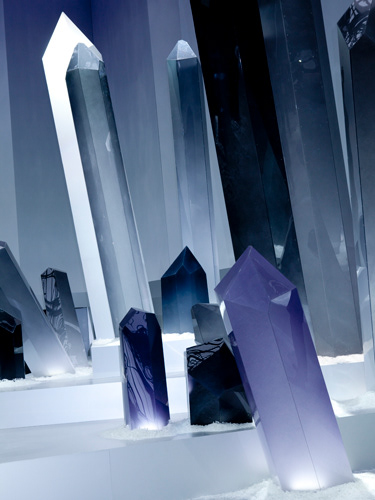
Form and Materials
The crystal is designed to be seen from a distance or through a crowd. I chose a location near one of the main entrances to the festival site, just off a bridge. I wanted the piece to feel like a welcome to a new experience.
Located by the water and exposed to the notoriously cold winter by Lake Ontario, Shard needed to be able to withstand the elements. As the festival site is open 24/7, we needed to safeguard the piece. In addition, we had to make sure curious children would be safe if they decided to get closer.
The solution was a resin-coated foam exterior with a metal armature, all anchored to a large box housing the electronics. We would be able to weigh the piece down with sandbags and insulate the electronics with a few layers of waterproof material.
Fabrication
Working with a budget of about $7000 CAD, we struggled to find a way to make commercial fabrication work. Through our many conversations with fabricators, we were put in touch with Cory Porterfeld. In a few phone calls, he was able to take my rudimentary sketches and fabricate our idea perfectly.


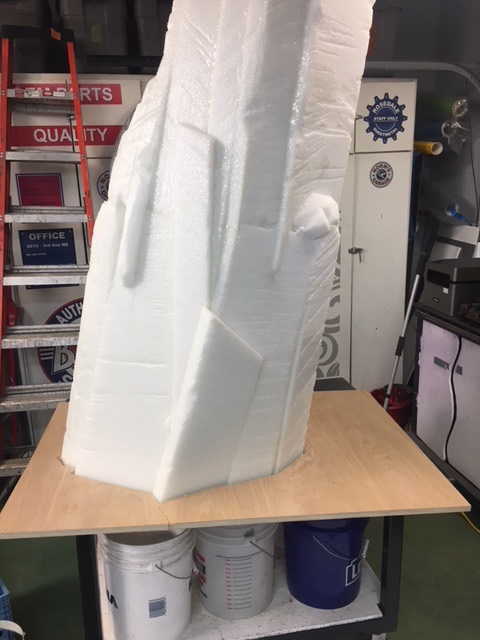
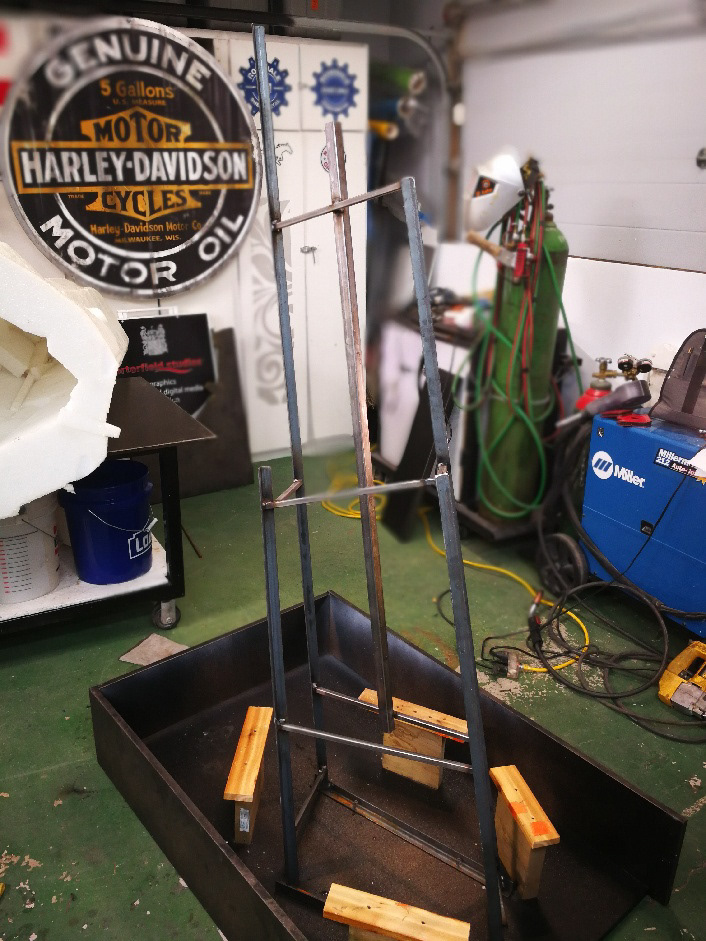
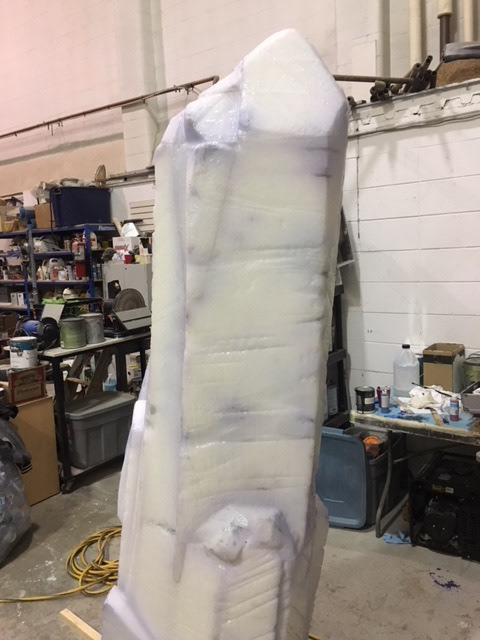
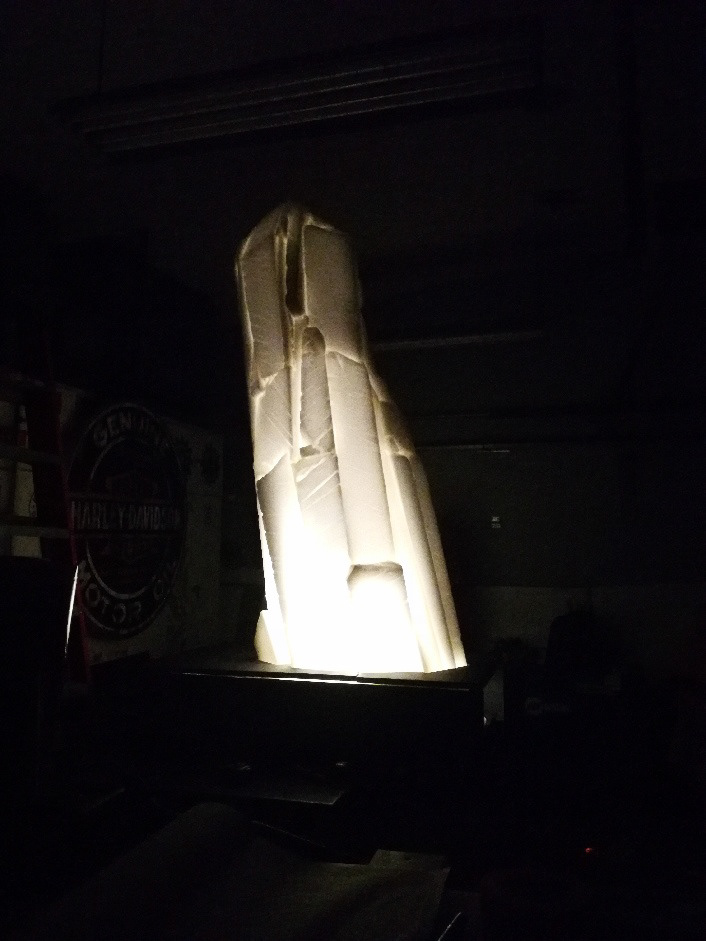
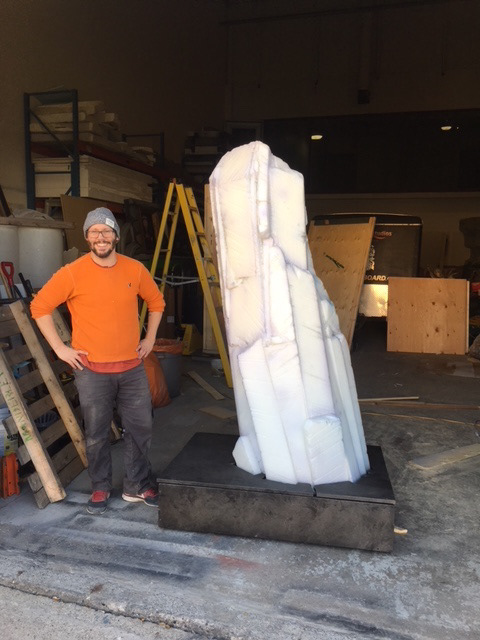
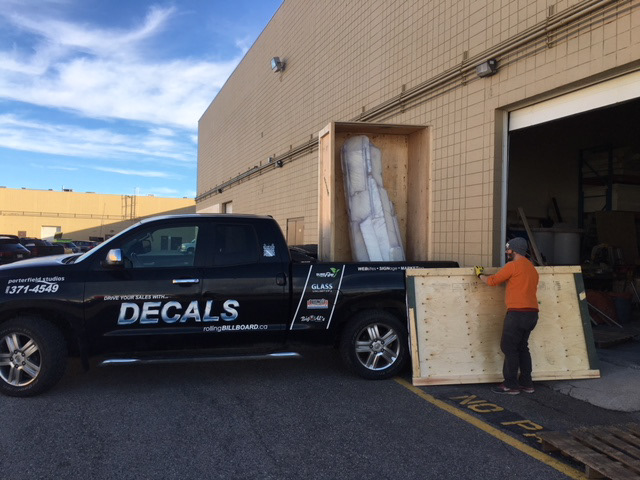
Function
Shard uses an Arduino microcontroller to control four LED strips. Two microphones and two proximity sensors measure “presence” in different forms.
The crystal will emit a “beacon” when nobody is around, beckoning distant viewers to come closer. Once active, it will respond to changing sound with shifts in hue and intensity. If levels go above a certain threshold, the crystal will temporarily go into “stress” and the mapping mode is disrupted.
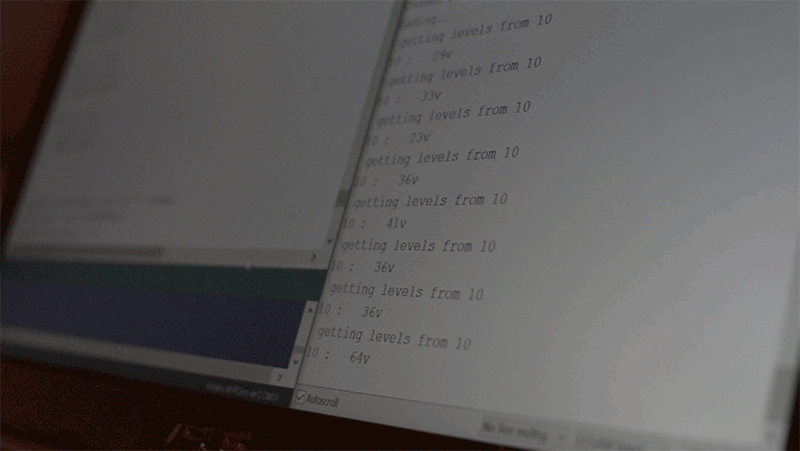
Levels test
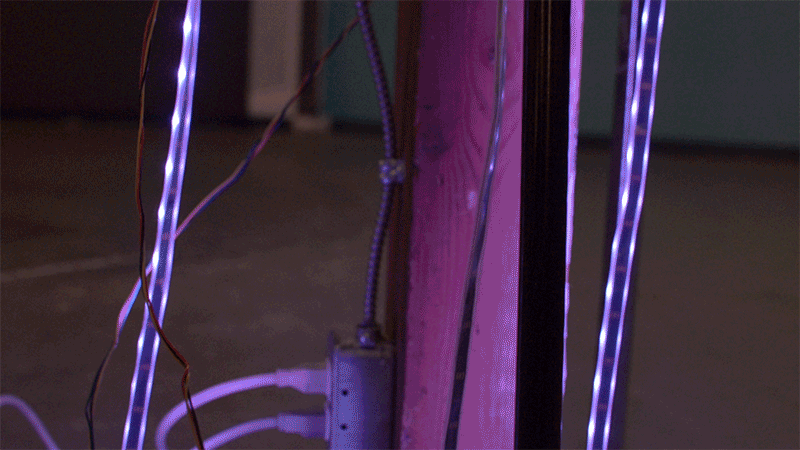
Colour mapping
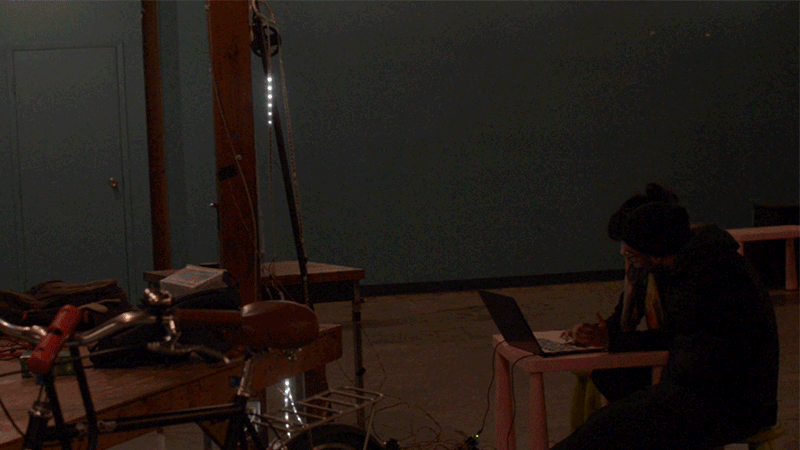
Beacon mode
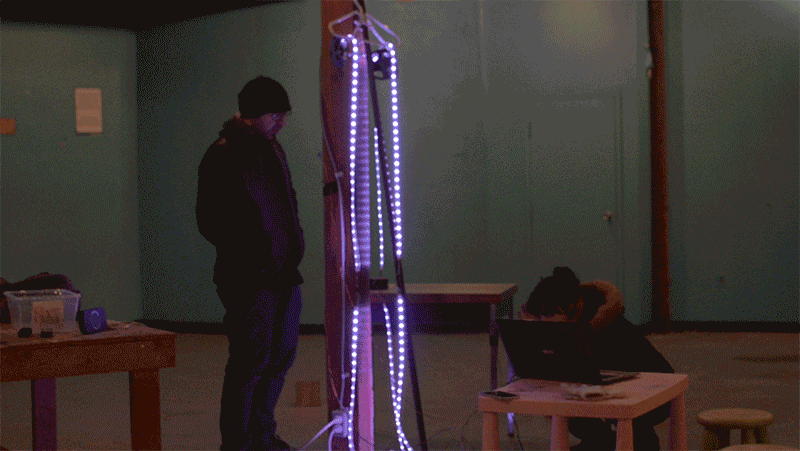
Audio reaction test
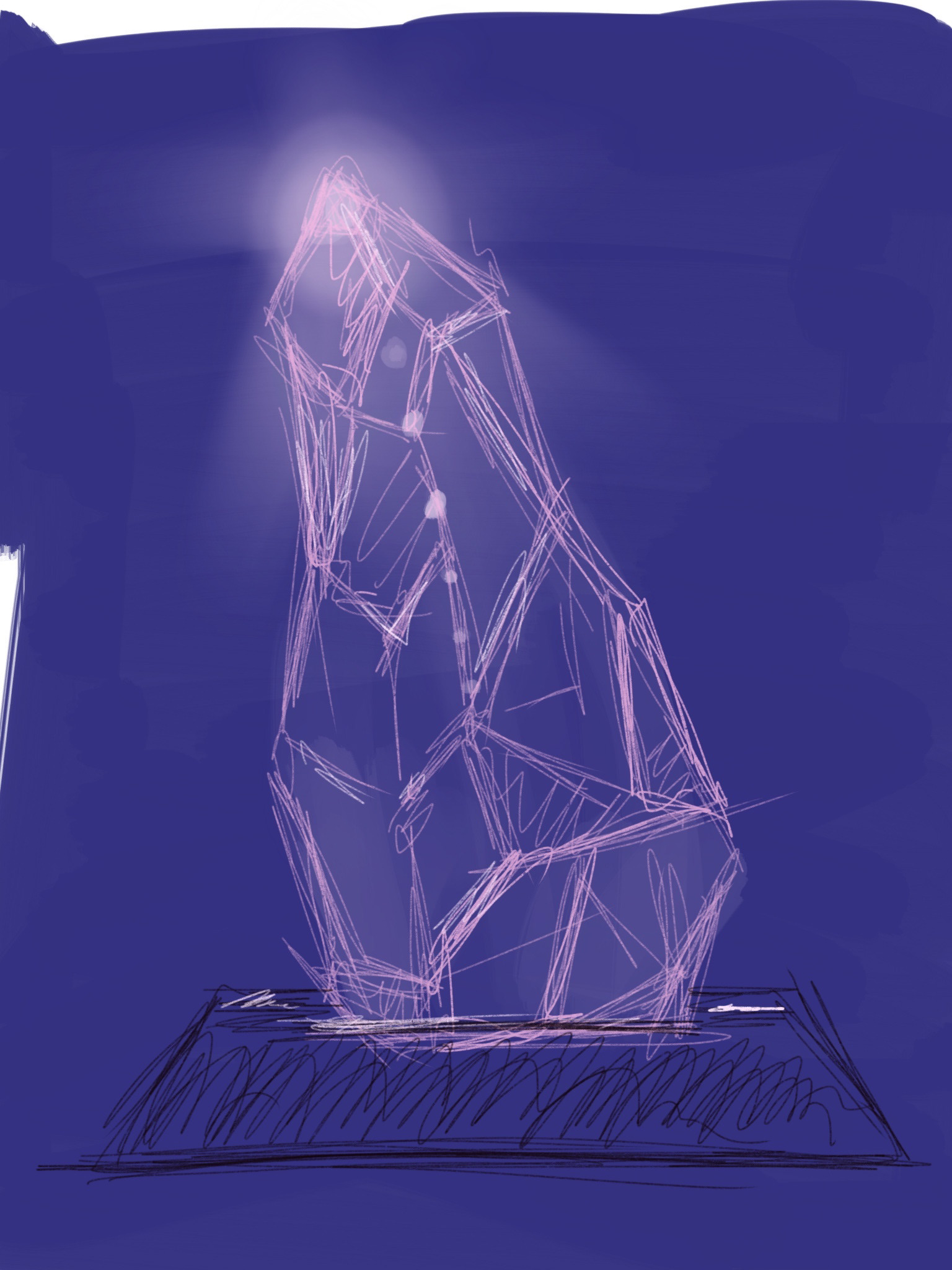
Beacon
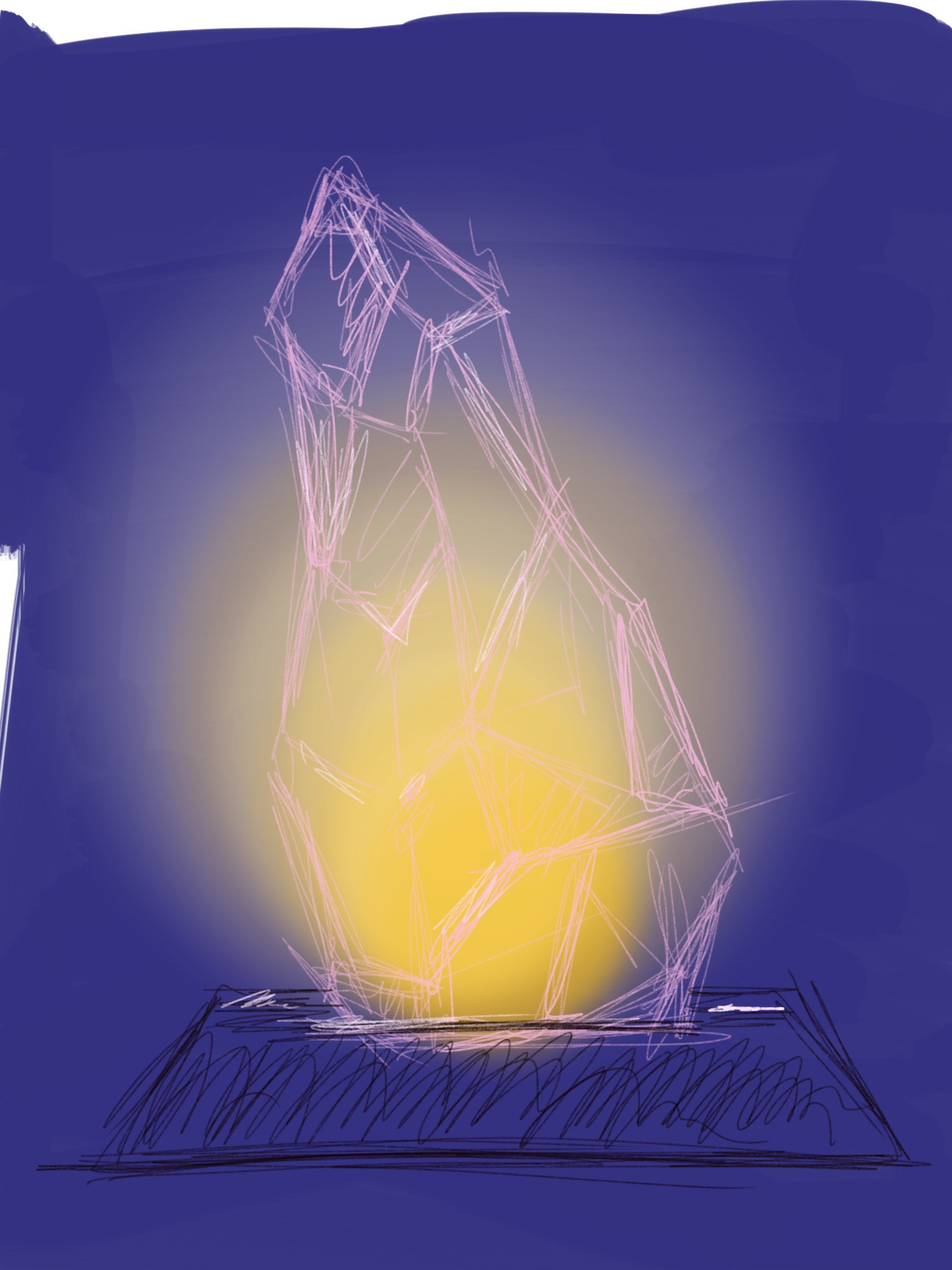
Mapping (Low)
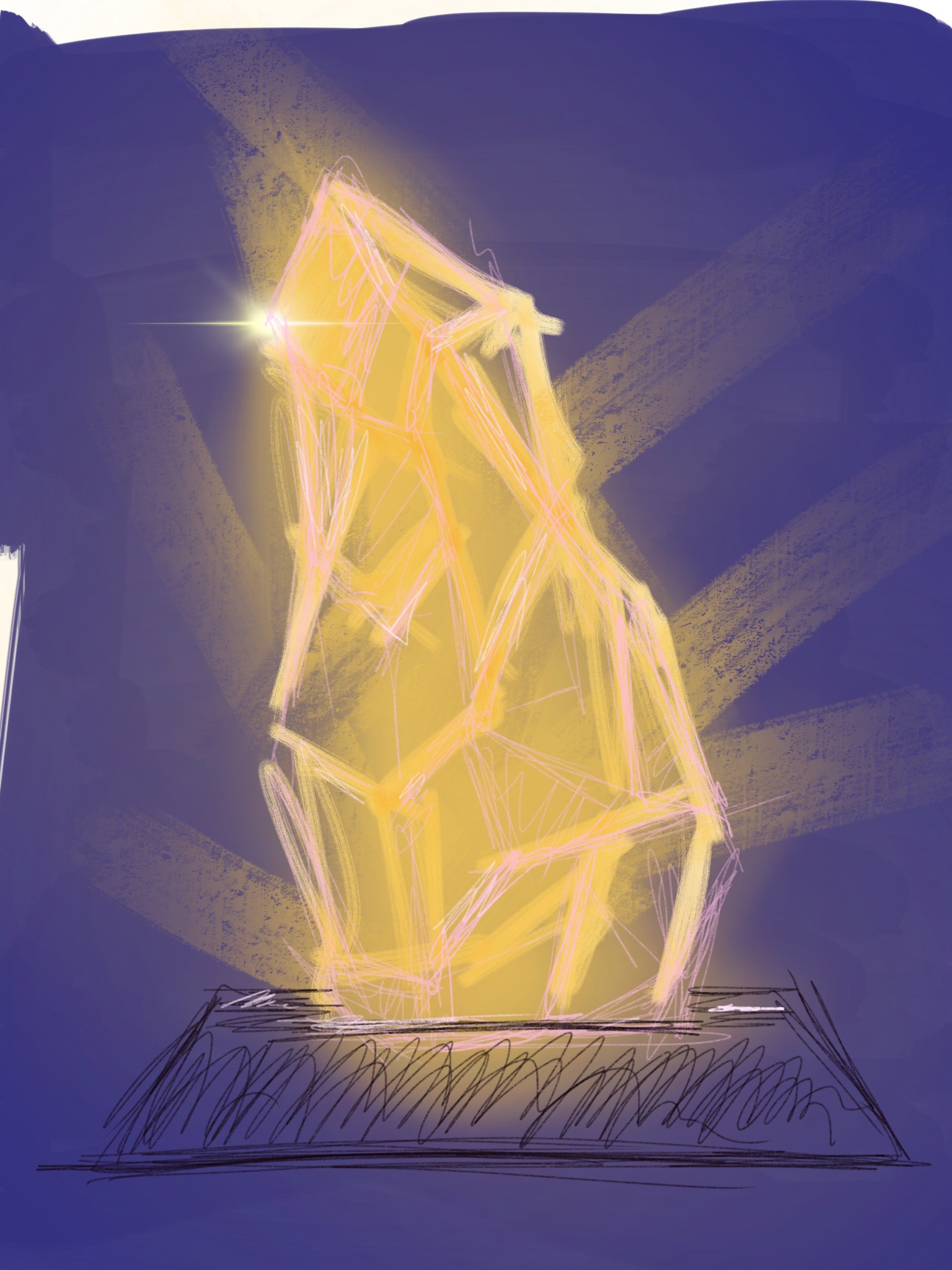
Mapping (High)

Mapping (Hue Shift)

Shutdown
We received the fabricated crystal the night of the media preview, agonisingly a few minutes too late to make it into press. Thankfully, Shard survived the winter and has gone on to show at the Black Cat Showroom, Museum of Contemporary Art, Toronto and Artist Project Toronto. It currently lives in a sculpture yard.
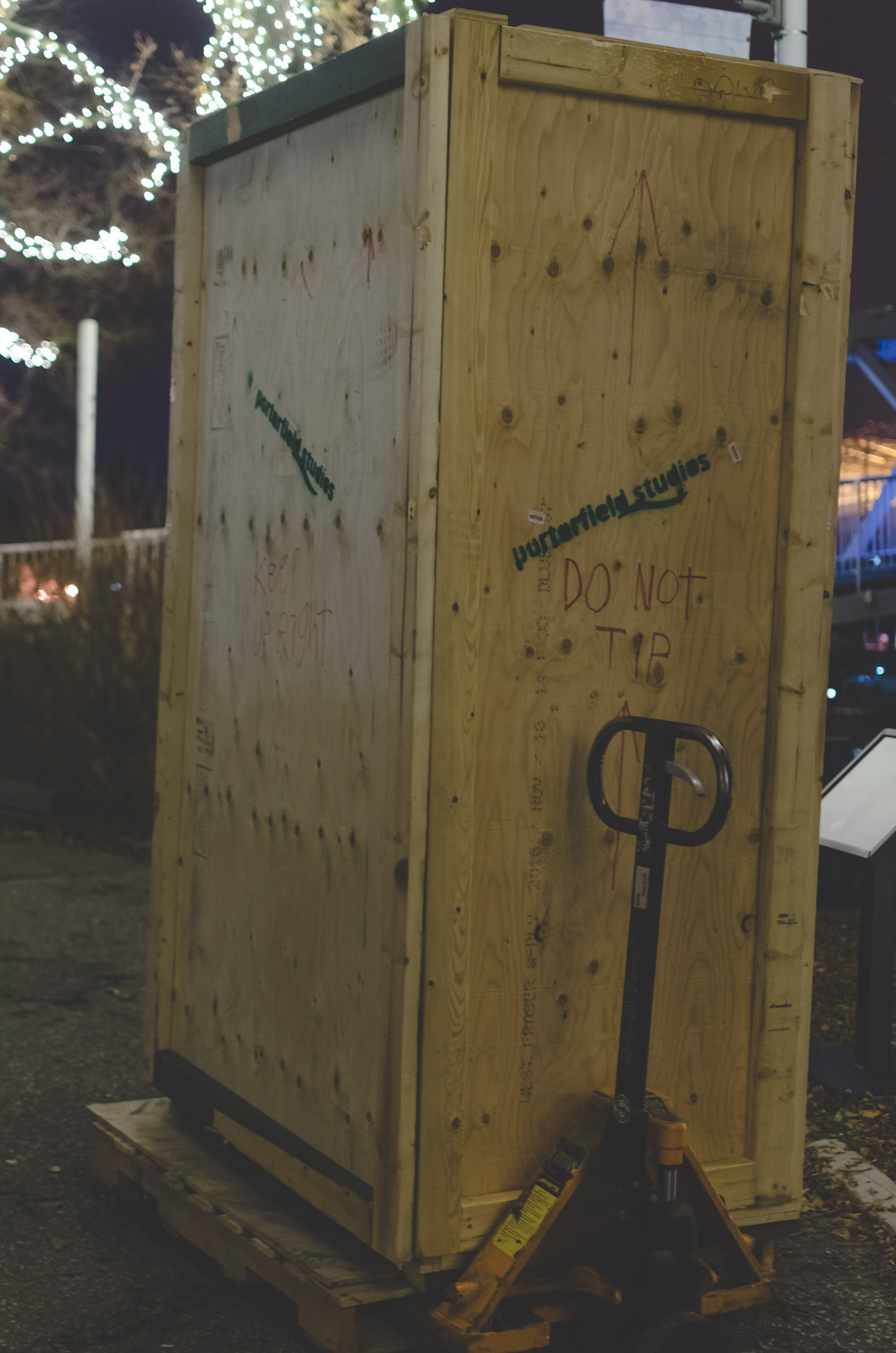
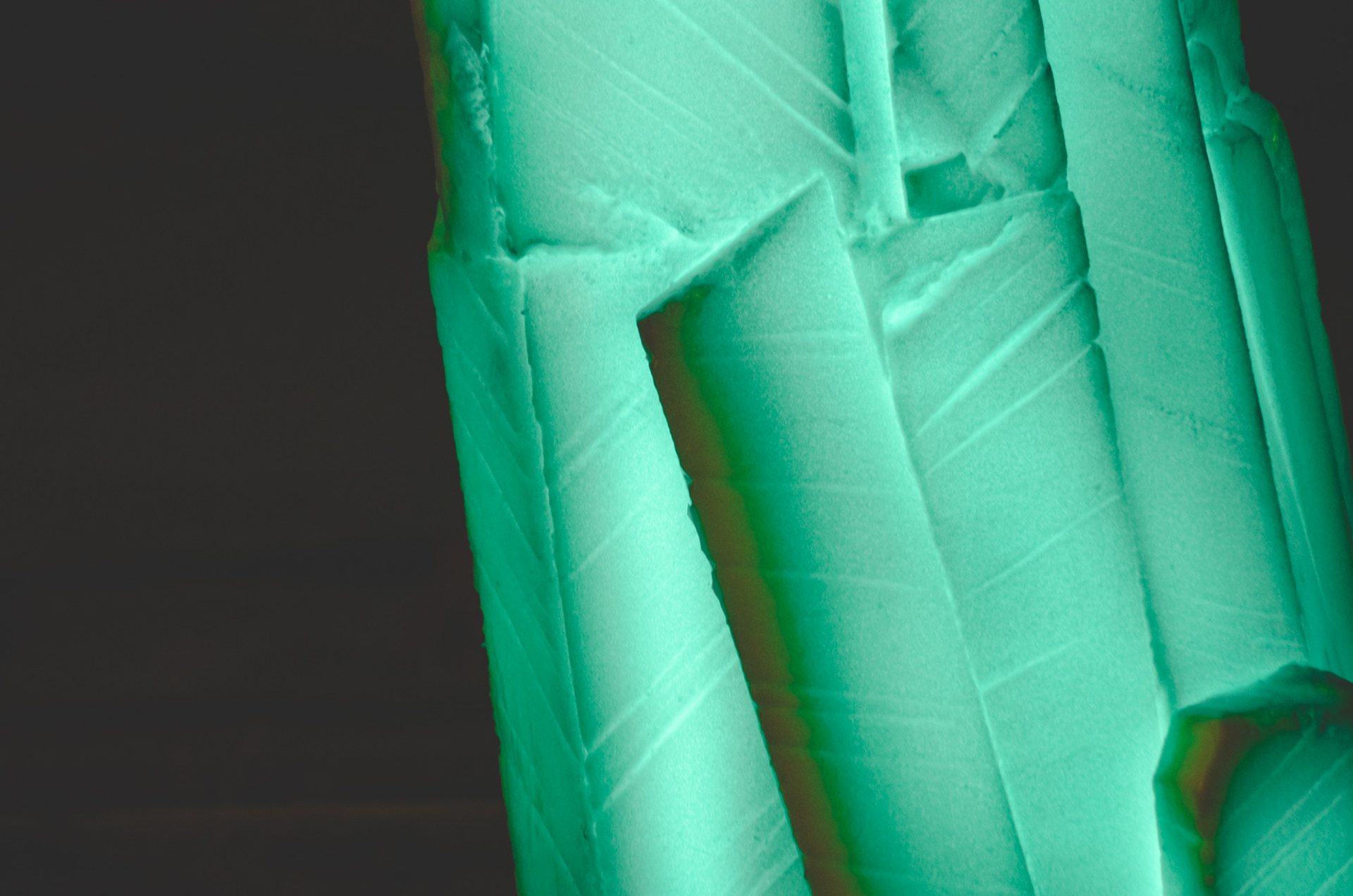
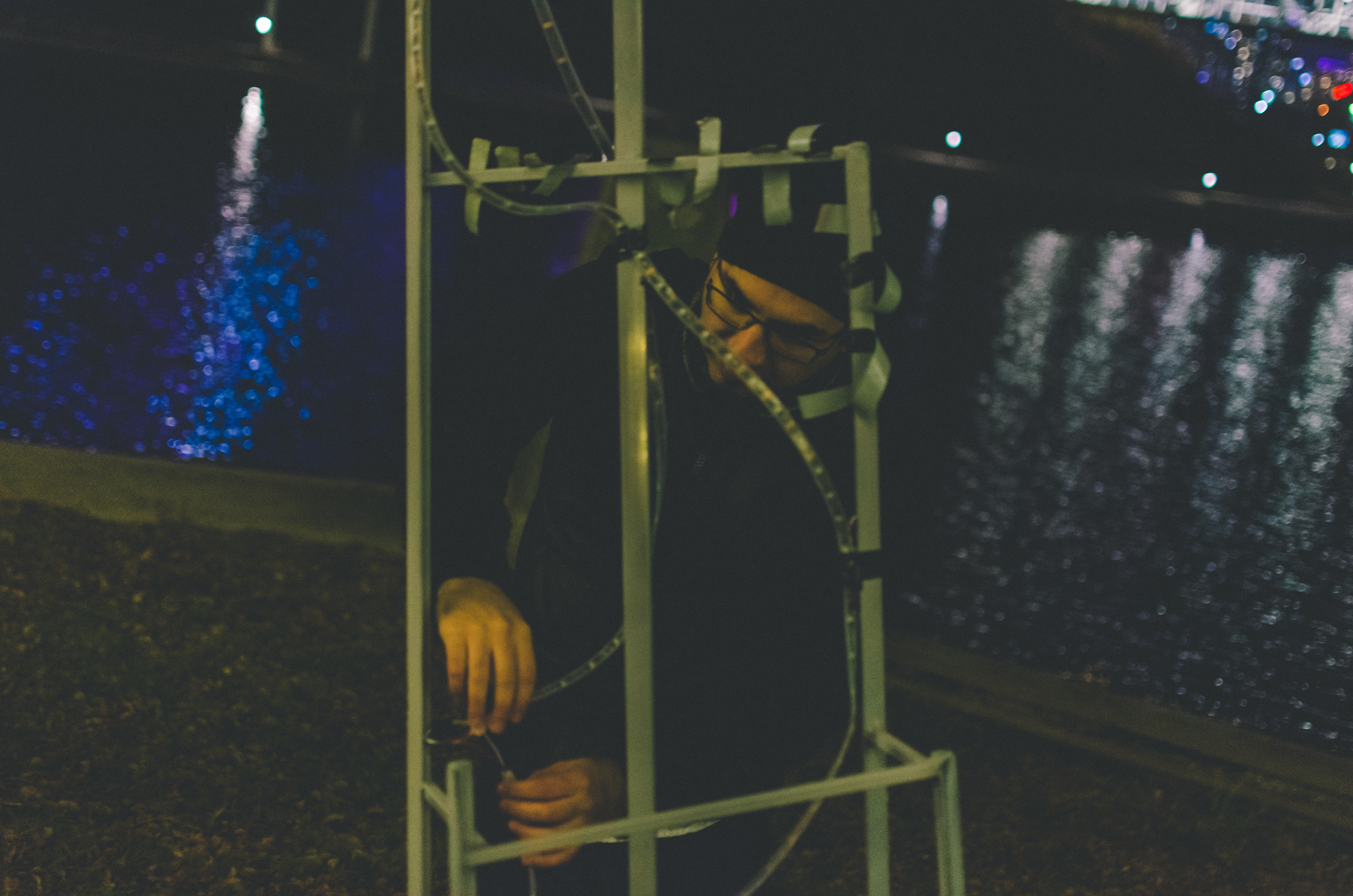
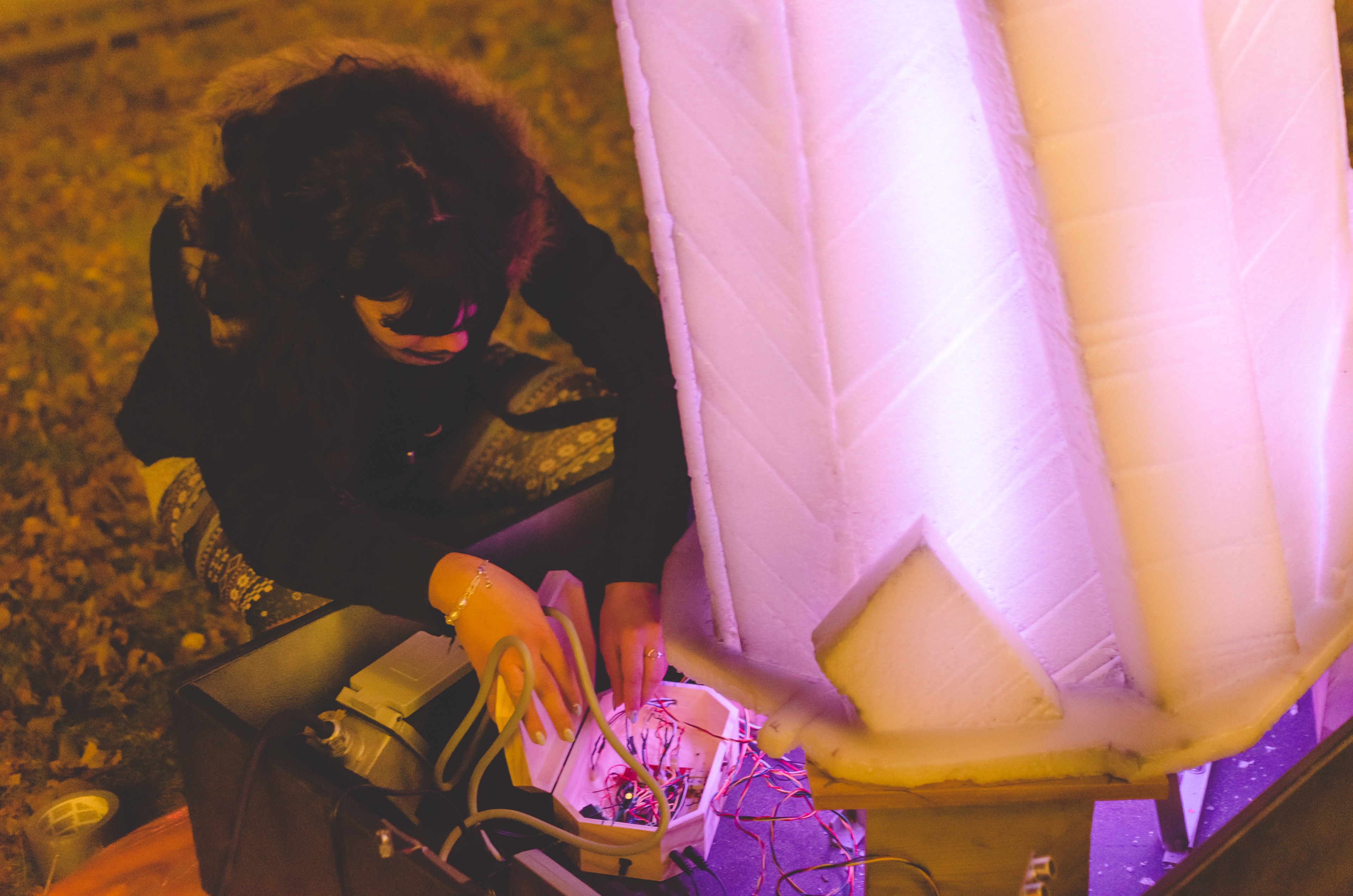
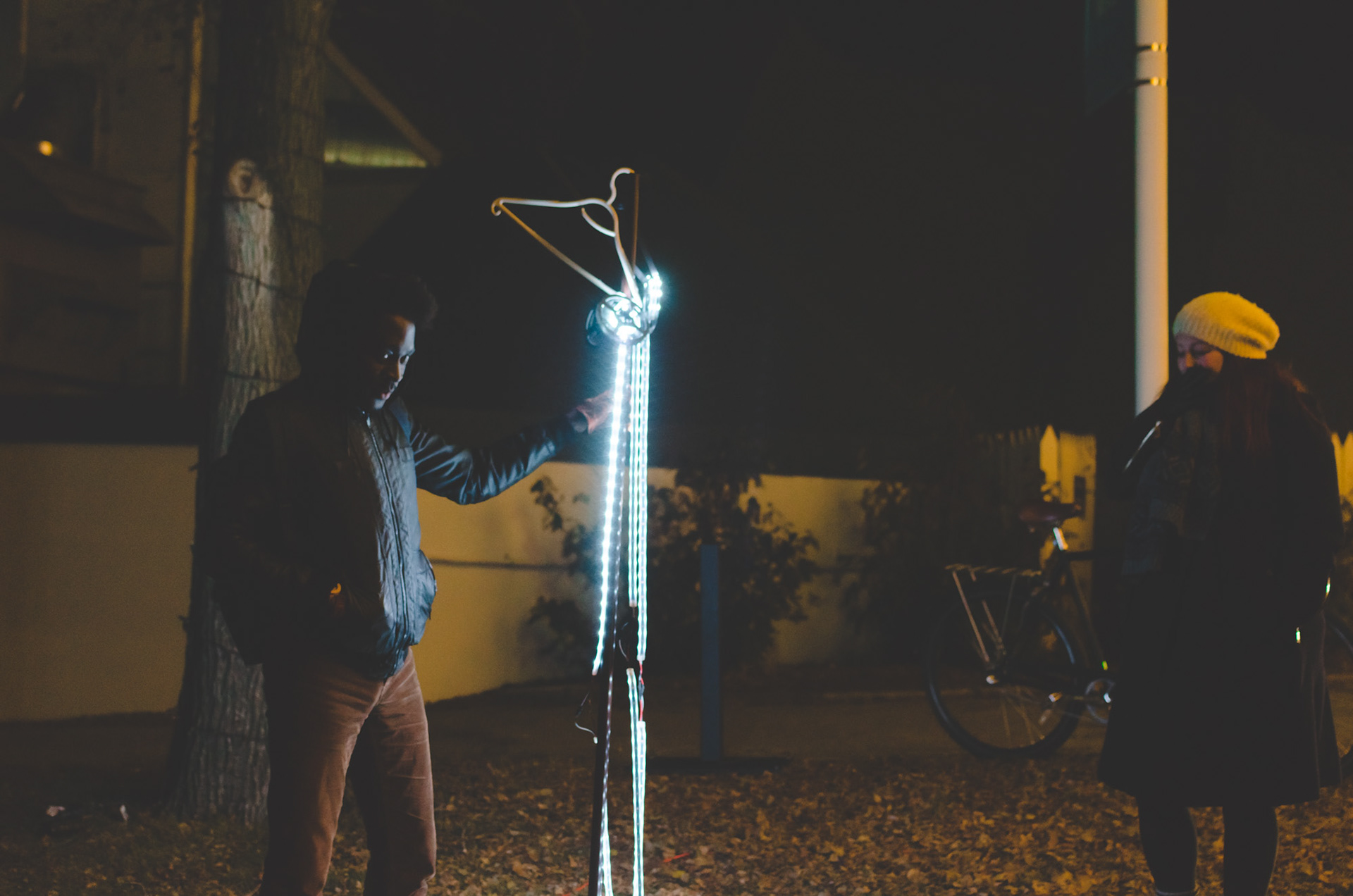
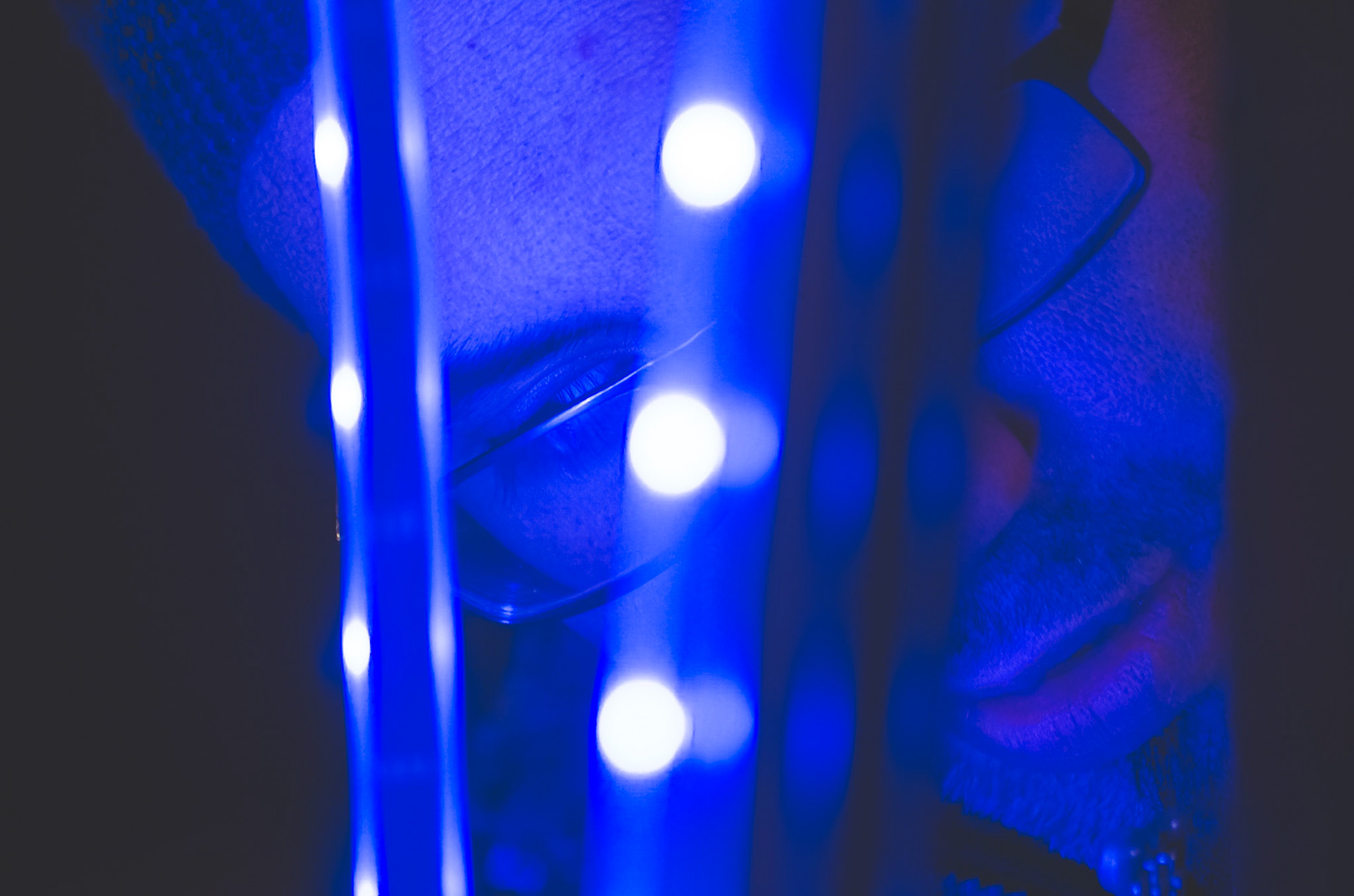
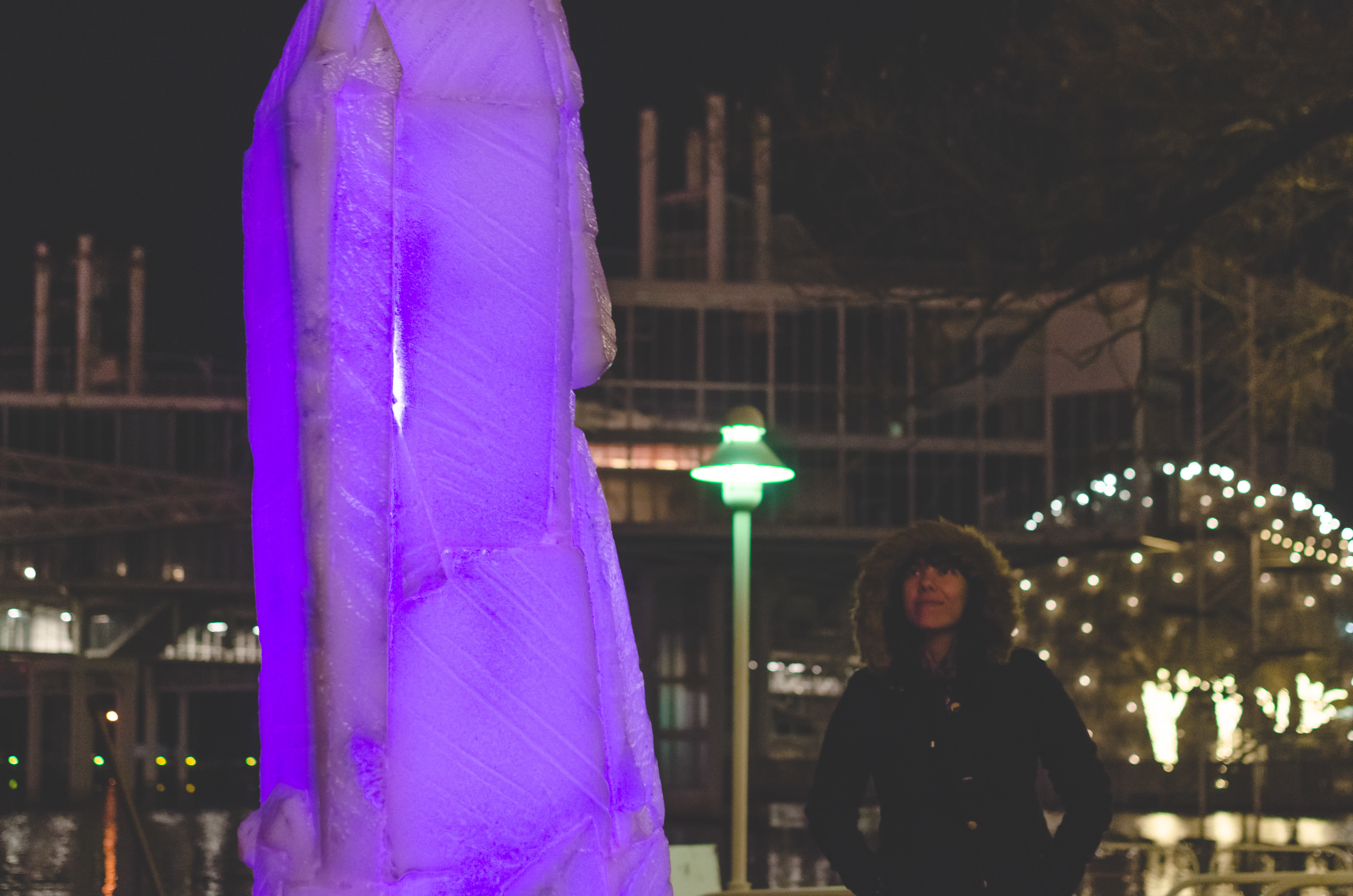
Artist Project, 2020
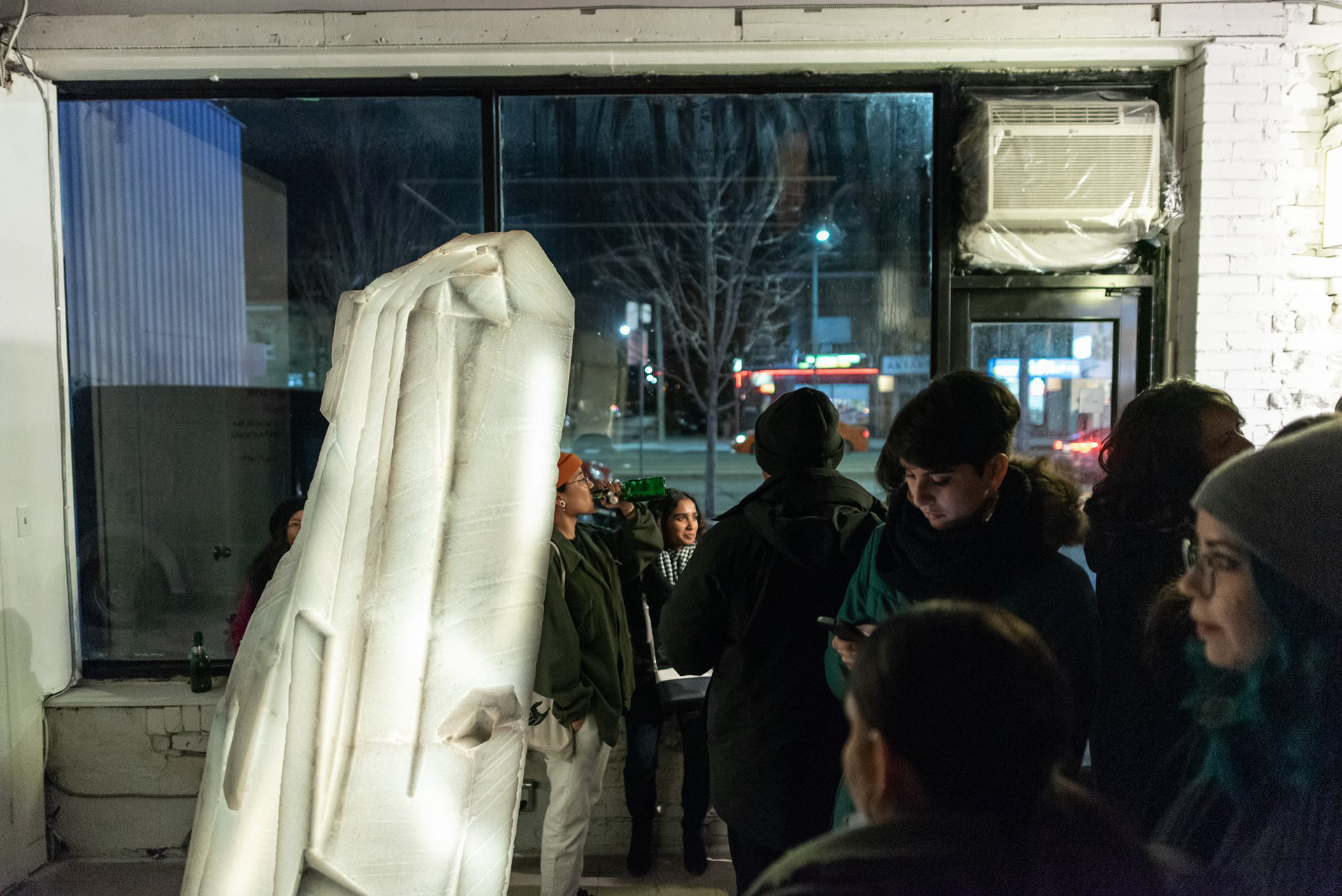
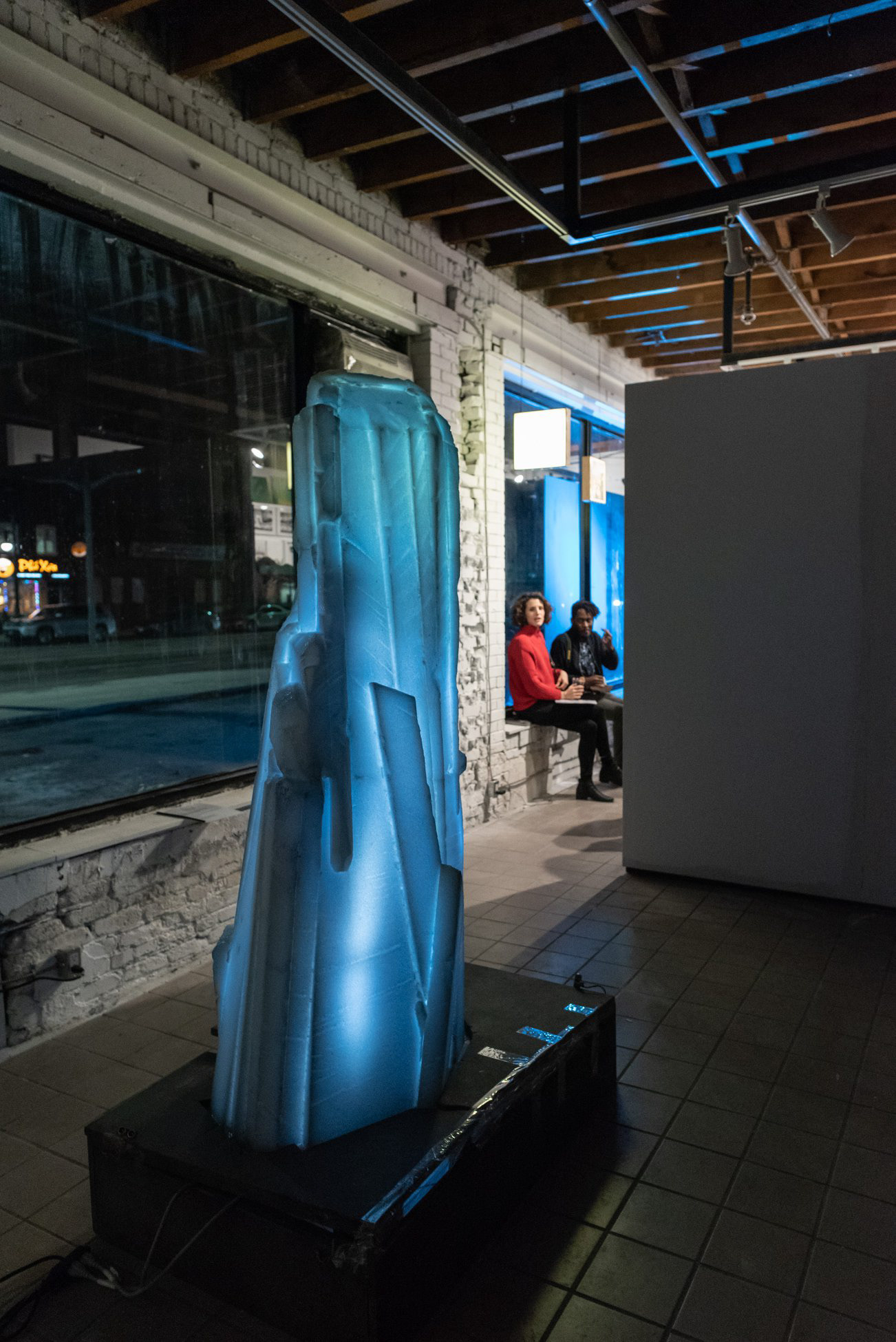


Black Cat Showroom, 2018
Shard marks the start of my installation and new media artistic practice. Working on artistic projects has changed the way I approach commercial work—I'm more embracing of risk and uncertainty.

